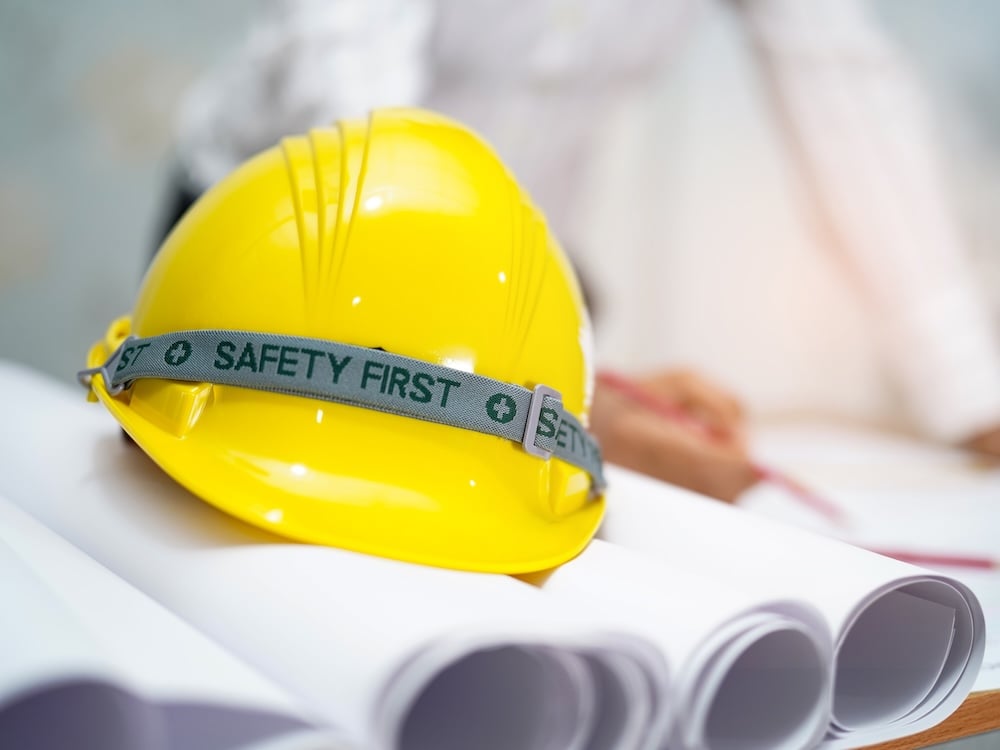Safety professionals today operate under the assumption that compliance equals control. The vast web of OSHA rules, regulations, audits, inspections, and behavioral safety programs has created an ecosystem that fosters an illusion of control rather than a true safety culture. While these measures have value, they represent only a fractional approach to what should be a dynamic, living system of safety.
This illusion stems from the mechanical mindset that governs most safety initiatives, where control mechanisms are static, reactive, and disconnected from the human experience. True safety is not dictated by rigid rules alone it is deeply tied to the emotional and cognitive states of the workers themselves. If a worker is tired, frustrated, or overwhelmed, their ability to perceive and react to hazards diminishes, leading to cognitive overload, apathy, or blind spots in awareness (scotomas).
Safety Is a Living System, Not a Checklist
To be effective, safety must go beyond compliance checkboxes and integrate the realities of human nature. A worker’s awareness of hazards is shaped not just by training but by their environment, leadership, communication dynamics, and trust within their team. The reality is that an organization is not a singular entity, it is a complex, interconnected system of moving parts, including:
- Supervisors and leadership expectations
- Peer dynamics and group culture
- Logistics, tool availability, and workflow
- The psychological state of the worker at any given moment
When organizations fail to see safety as a living, breathing process, they impose control structures that create a false sense of security. Compliance-based systems assume that if all rules are followed, safety will naturally follow. But what happens when a worker, despite all the rules in place, is too exhausted to notice a hazard? What happens when cognitive overload causes a critical oversight?
The Power of Engaging Hearts and Minds
True safety requires engaging workers in real-time decision-making, allowing them to adapt the workflow as hazards arise. This is not about abandoning regulations but integrating them into a system that is responsive to human needs. Effective safety means:
- Empowering workers to be active participants, not passive rule followers.
- Creating a ‘brother’s keeper’ culture, where workers look out for one another.
- Recognizing that risk perception varies depending on an individual’s mental state, a distracted worker may literally not see a hazard in front of them (a scotoma).
- Fostering open communication about what hampers execution and what creates stress.
- Trusting workers to adjust the flow of work to improve safety in real-time.
Without these elements, organizations create a hypocritical culture where compliance is valued over real safety outcomes. This mirrors Plato’s Allegory of the Cave where workers and safety professionals remain chained to the belief that rule-following equates to safety, while those who see the reality of human-system interactions struggle to make others understand. Many safety professionals who grasp this concept fear pushing for change because it requires leadership to rethink how safety is managed.
The Fragmentation of Safety in Outsourced Workforces
Another key challenge is the fragmentation of the modern workforce. With outsourcing, contracting, and vendor relationships, safety becomes even more disconnected. Workers often report to multiple authorities, their employer, the client company, and even sub-contracting supervisors, all with competing priorities. This creates a divided focus, where safety is not a shared mission but a series of fragmented responsibilities dictated by external pressures.
Each group follows its own compliance mandates, further reinforcing the illusion of control, rather than unifying the workforce under a cohesive, dynamic approach to safety. Who actually takes responsibility when an issue arises? The contractor? The client? The worker caught in the middle? These competing interests further fuel the disconnect between rules and reality.
Breaking the Illusion
To break free from this illusion of control, organizations must:
- Shift from mechanical control to a living-systems approach where safety is embedded in the culture, not just in procedures.
- Acknowledge the psychological and emotional aspects of work, addressing fatigue, frustration, and cognitive overload as risk factors.
- Create an adaptive system that allows workers to identify and mitigate hazards dynamically rather than relying solely on compliance metrics.
- Foster leadership that encourages real conversations about what hampers execution and safety.
- Develop a unified approach that aligns workers, contractors, and management under a shared mission rather than fragmented compliance structures.
Only when organizations recognize that safety is not about control, but about engagement and adaptation, can they begin to build a true culture of safety, one that is living, responsive, and deeply human. Until then, compliance will remain just an illusion, masking the real risks hiding in plain sight.



